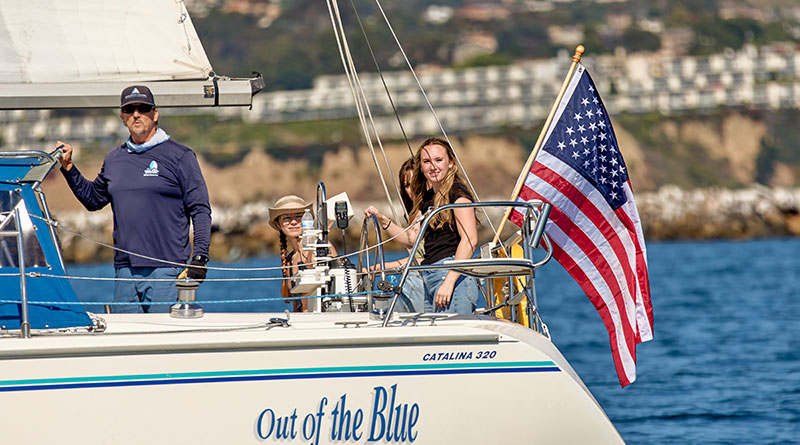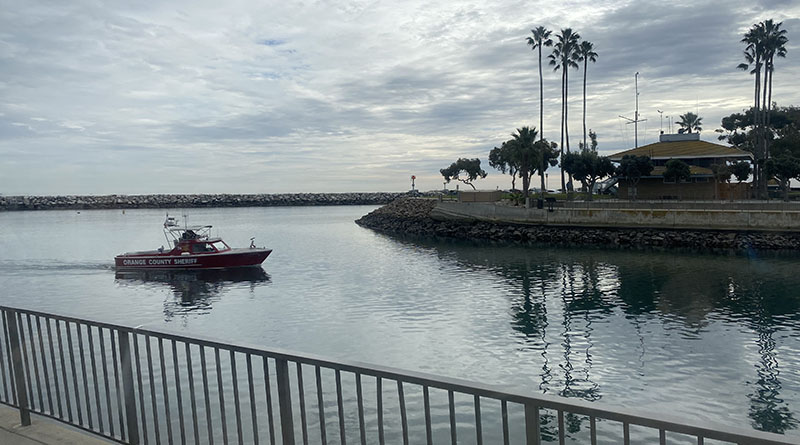 I am in the process of buying a high-end used boat. I am particularly concerned about the warranty, but this is my first boat and I’m not sure how a boat warranty works. What is generally covered, and how long is a typical warranty? What are the legal requirements?
I am in the process of buying a high-end used boat. I am particularly concerned about the warranty, but this is my first boat and I’m not sure how a boat warranty works. What is generally covered, and how long is a typical warranty? What are the legal requirements?
 Boat warranties vary considerably between manufacturers, and whether you are buying a new boat or a used boat, it’s a good idea to spend some time reading the fine print.
Boat warranties vary considerably between manufacturers, and whether you are buying a new boat or a used boat, it’s a good idea to spend some time reading the fine print.
Unlike a car warranty, the warranty for your boat will generally cover only the components that the manufacturer was directly responsible for building and installing. In many cases, this will be limited to the structural integrity of the hull and deck and certain parts that are actually manufactured by the boat builder. Important equipment, such as engines and masts, is likely to be covered separately by the manufacturer of those items. Similarly, marine electronics, stoves, propellers and almost everything else that is important to a boat buyer will be covered separately.
The most important warranty concerns for any boat purchase are: 1) What is covered by the warranty (or warranties)? 2) What is the time period of the warranty coverage? 3) What are the claims procedures? and 4) May the warranty be transferred from the original owner to a subsequent owner?
Structural hull warranties are important because they cover catastrophic failures that may be very expensive to repair. For a fiberglass boat, the coverage will extend to problems such as the delamination of the hull or a bonding failure between a bulkhead and the hull, as well as nonstructural failures such as gelcoat blistering.
The factory hull warranty will cover the original owner for anywhere from one to 10 years, but it may not be transferable when the boat is sold. If it is transferable, it may require the buyer to contact the builder and pay a ’registration’ fee, and in some cases, the builder may require the boat to be surveyed at the buyer’s expense. This information will all be spelled out in the warranty paperwork.
Engines, transmissions and spars are generally warranted separately, and the warranty period, terms for presenting a claim and transferability will vary considerably. Most buyers are familiar with the warranties for electronics and other component equipment, which carry consumer product warranties similar to those for household electronics and appliances. Again, all of these warranties will be described in the manual or accompanying material for each item. It pays to read the materials carefully.
State and federal consumer protection laws require manufacturers and dealers to process claims promptly and in good faith. However, procedures for making a warranty claim will differ between manufacturers, and there are generally no legal minimum standards for the items that must be covered by a warranty. The warranty is basically viewed as a marketing tool to be considered by a prospective purchaser when evaluating the boat’s features.
Extended warranties for boats are offered by some manufacturers and by many after-market providers. These products may cover a wider range of component failures than the standard warranty, and in some cases, they are available for the buyer of a used boat.
Unfortunately, a boat buyer who is concerned about warranty coverage may have no choice but to sit down with all of the boat’s papers and wade through the fine print. If the seller is not the original owner, the buyer should also confirm that any warranty transfer requirements were compiled in connection with the previous purchase. This may seem like an enormous project, but the only alternative is to assume that no warranty coverage exists at all.






